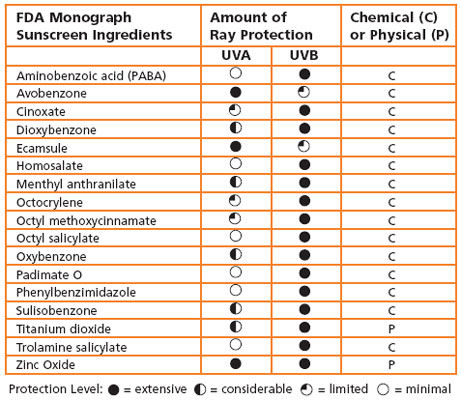🚨 THE TRUTH ABOUT SPF: What They Don’t Tell You Could Be Ruining Your Skin!
- Skin Leaf Cosmetics
- May 5
- 3 min read

Picture this: You’re glowing, your makeup is flawless, your skincare routine is top-tier… but there’s a silent assassin lurking. It's invisible, it's deadly, and it never takes a day off.
We're talking about the sun. Yes, the same sun that warms your skin is also public enemy #1 when it comes to premature aging, pigmentation, and skin cancer. And your only real defense? That humble tube of SPF.
So let's get into it — and no, we’re not being dramatic. Okay… maybe a little. But this is your face we’re talking about!
☀️ What Actually IS SPF?
SPF stands for Sun Protection Factor, and it measures how well a sunscreen protects your skin from UVB rays – the ones that cause burning and most skin cancers. But here’s the kicker: SPF isn’t a magic shield. It’s math.

Here’s what each SPF rating actually means in terms of UVB protection:
SPF 15 blocks ~93% of UVB rays
SPF 30 blocks ~97%
SPF 50 blocks ~98%
SPF 100 blocks ~99%
😱 What Happens If You Don’t Wear SPF Every Day?

We’re so glad you asked. Here’s a not-so-cute list of what happens when you leave SPF out of your daily ritual:
Wrinkles – Collagen is no match for UV rays.
Sagging skin – Hello, early aging!
Sunspots & hyperpigmentation – Uneven skin tone? That’s the sun’s signature.
Melasma – This stubborn pigmentation disorder loves a little sun.
Skin cancer – Not glamorous. Not rare. Not worth the risk.
Loss of glow – Yes, even your aesthetic takes a hit.
Bottom line? Every unprotected minute in the sun is like handing your skin over to time with a fast-forward button.
💄 But I Have SPF In My Makeup… So I’m Fine, Right? WRONG.
That BB cream with SPF 15? It’s not enough. Even a foundation with SPF 30 won’t cut it unless you’re applying a full teaspoon to your face — and reapplying every 2 hours.
Be honest: are you slathering your foundation on like sunscreen?
SPF in makeup is a bonus, NOT a replacement. Think of it as wearing a raincoat in a hurricane — you need more than just good intentions.
🧪 The Ingredients That Actually Matter in SPF
Not all sunscreens are created equal. You want ingredients that are both effective and skin-friendly. Here are the heavy-hitters you should look for:
☀️ Zinc Oxide
Type: Mineral (physical)
Benefits: Broad spectrum, calming, great for sensitive/acne-prone skin.
Bonus: Reef-safe and non-comedogenic.
☀️ Titanium Dioxide
Type: Mineral
Benefits: Blocks UVB and short UVA. Gentle on the skin, good for redness-prone complexions.
☀️ Avobenzone
Type: Chemical
Benefits: Excellent UVA protection. Often used with stabilizers to stay effective.
☀️ Tinosorb S & M
Type: Chemical (next-gen)
Benefits: Broad-spectrum, photostable, highly effective even in small concentrations. Less irritating than traditional filters.
☀️ Mexoryl SX/XL
Type: Chemical
Benefits: Developed by L’Oréal, these are high-performing and super stable filters. Great for broad-spectrum coverage.
Avoid: Oxybenzone & Octinoxate
They can irritate sensitive skin and harm coral reefs. Plus, newer filters are just better.
🌤️ So, How Should You Use SPF?
Every single day. Yes, even when it's cloudy. Yes, even indoors (hello, UVA rays through windows!).
Use enough – At least two full fingers worth for your face and neck.
Reapply every 2 hours when outdoors.
Layer it under makeup, not instead of it.

Comments